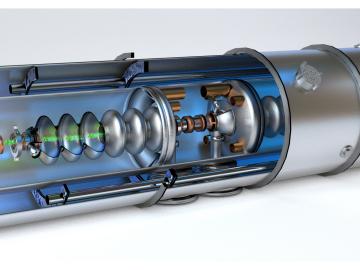Filter News
Area of Research
Media Contacts
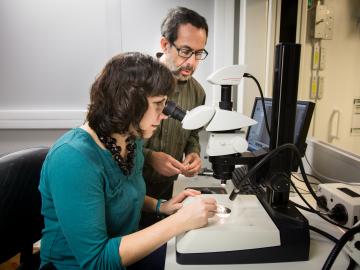

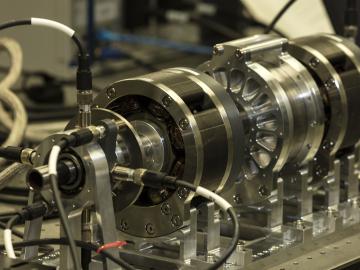
When it comes to a challenging application for embedded instrumentation and control, none quite beats an environment of molten salt at 700 degrees Celsius. But that is just the application chosen by scientists at the US Department of Energy’s Oak Ridge National Laboratory...
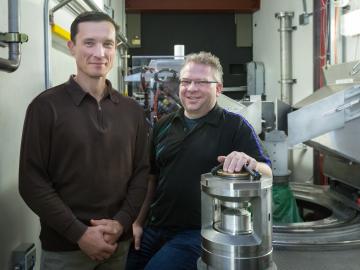


Renewed interest in molten salt technology was evident at a recent gathering of advanced nuclear reactor experts at the US Department of Energy’s (DOE’s) Oak Ridge National Laboratory (ORNL). Nearly 200 attendees from national labs, industry, utilities, reactor design firms,...
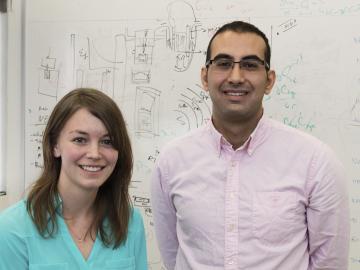
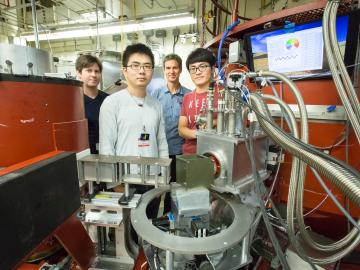
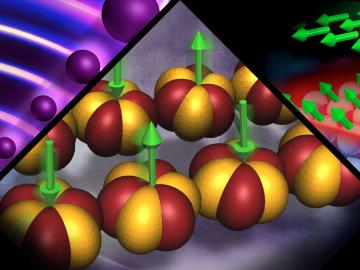
The theories recognized with this year’s Nobel Prize in Physics underpin research ongoing at the Department of Energy’s Oak Ridge National Laboratory, where scientists are using neutrons as a probe to seek new materials with extraordinary properties for applications such as next-generation electronics, superconductors, and quantum computing.
